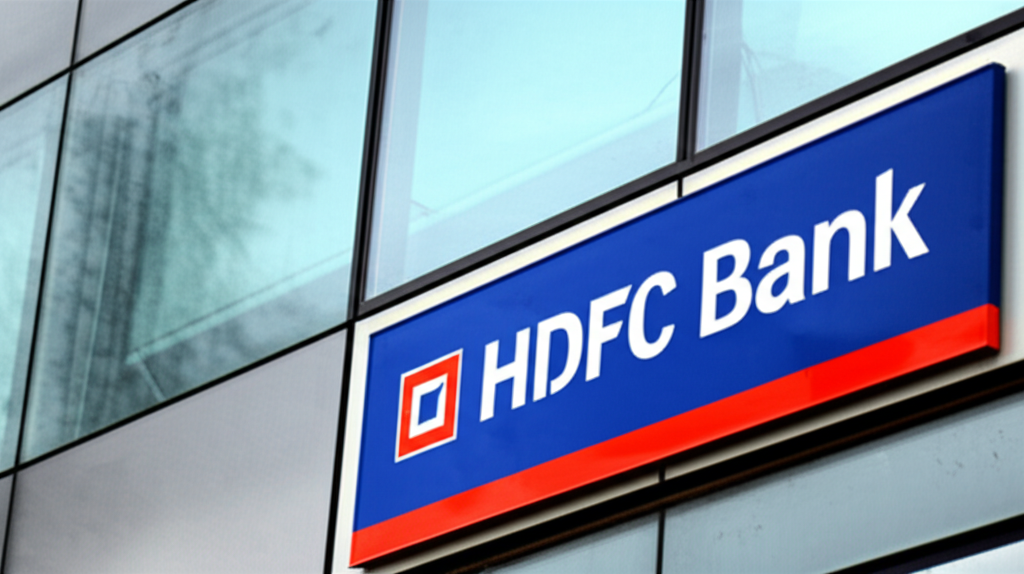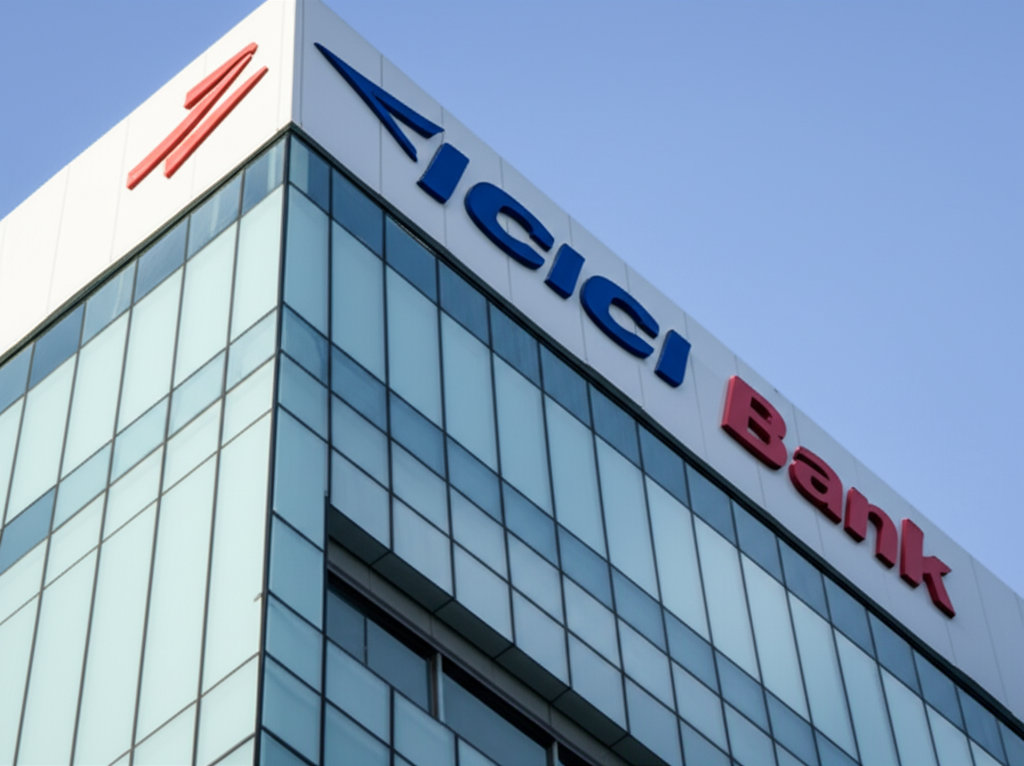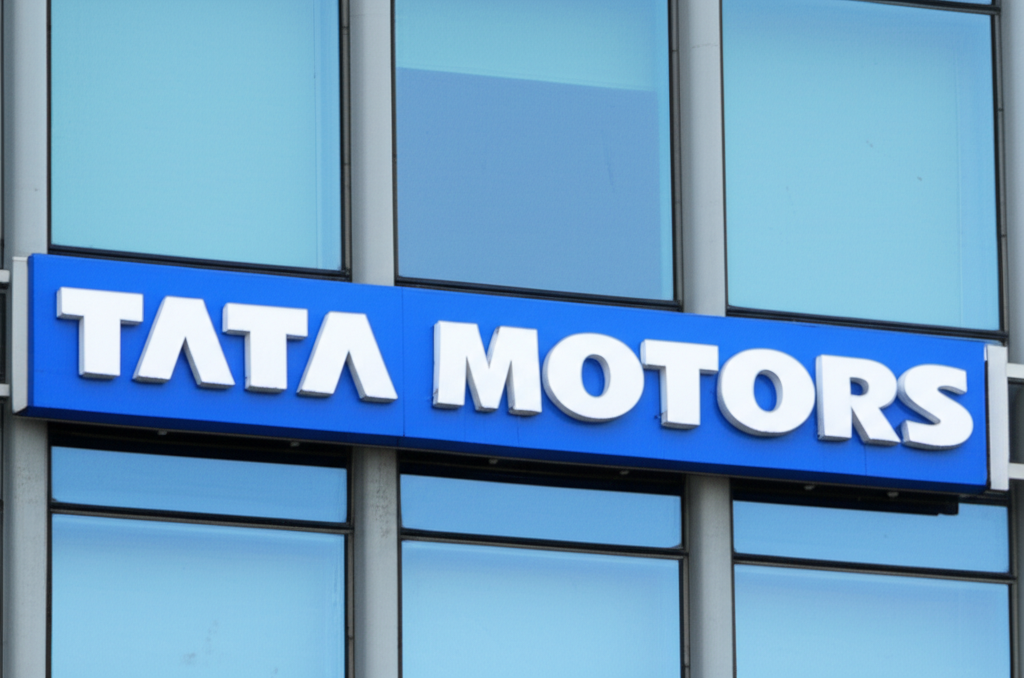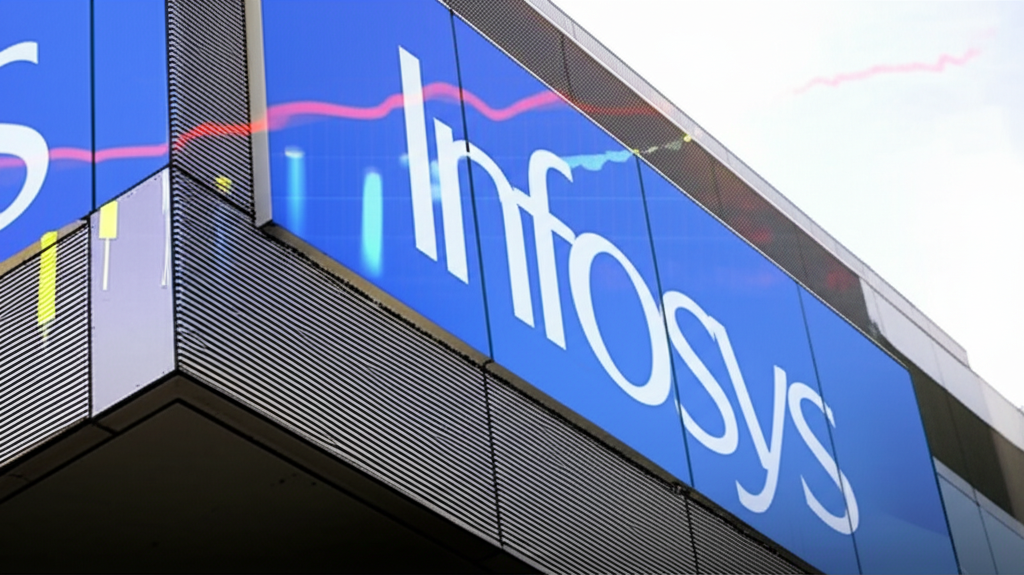HDFC Bank is seeking fintech partnerships to develop tech solutions for loans, payments, customer service, and small business banking.
Introduction
India’s leading private sector lender, HDFC Bank, has announced its intention to aggressively pursue fintech partnerships to bolster its technological capabilities across key banking segments. This strategic move signifies a proactive response to the rapidly evolving Indian financial landscape, characterized by increasing digital adoption, heightened customer expectations, and the emergence of disruptive fintech players. The bank’s focus on partnerships for loans, payments, customer service, and small business banking reflects a conscious decision to leverage external expertise and accelerate innovation, rather than solely relying on internal development. This article will delve into the nuances of this strategy, analyzing the rationale behind HDFC Bank’s decision, examining relevant market trends, and assessing the potential implications for the bank, its investors, and the broader Indian fintech ecosystem.
Recent Financial Performance
HDFC Bank’s recent financial performance provides a crucial backdrop to understanding its pursuit of fintech partnerships. While the bank consistently demonstrates strong financial health, (Reference: HDFC Bank’s quarterly and annual financial reports, available on the Bombay Stock Exchange website and the bank’s investor relations page), the competitive pressure to enhance operational efficiency, expand reach, and improve customer experience is undeniable. Factors such as rising operational costs and the need to maintain profitability in a low-interest-rate environment necessitate strategic investments in technology. Partnering with fintechs offers a potentially cost-effective and agile approach to achieving these objectives compared to significant internal investments in R&D and infrastructure. An examination of HDFC Bank’s key performance indicators (KPIs), such as net interest margin (NIM), return on assets (ROA), and return on equity (ROE), will reveal the context within which this strategic shift is unfolding. Any recent dips or trends in these metrics might underline the impetus for seeking external technological solutions.
Market Trends and Industry Analysis
The Indian fintech sector is booming, fueled by rapid smartphone penetration, increased internet access, and a growing preference for digital financial services. (Reference: Reports from research firms such as Deloitte, PwC, and EY on the Indian fintech market). This presents both opportunities and challenges for established players like HDFC Bank. The rise of neobanks, payment aggregators, and lending platforms signifies the growing competition. HDFC Bank’s partnership strategy aims to counter this by integrating innovative fintech solutions into its existing offerings. For instance, partnerships focused on loan origination and underwriting can streamline processes, reduce costs, and reach a wider customer base, particularly in underserved segments. Similarly, collaborations in the payments space can enhance the bank’s digital payments capabilities and improve customer experience. Analyzing the market share of various fintech players and their specific areas of strength will illustrate the strategic rationale behind HDFC Bank’s choice of partnership focus areas.
Sentiment Analysis of News Headlines
Analyzing news headlines and media reports surrounding HDFC Bank’s fintech partnership strategy reveals a generally positive sentiment. (Reference: A compilation of news articles from reputable financial news sources such as the Economic Times, Business Standard, Livemint, and Bloomberg Quint). The announcement has largely been viewed as a strategic and forward-thinking move, aligning with the bank’s commitment to innovation and digital transformation. However, some headlines might express caution regarding potential integration challenges, data security concerns, or the regulatory complexities associated with fintech collaborations. A detailed sentiment analysis would involve quantifying the positive, negative, and neutral sentiments expressed across various news outlets, providing a comprehensive understanding of the market perception of this initiative.
Regulatory and Macro-Economic Factors
The regulatory landscape in India significantly influences HDFC Bank’s fintech partnerships. The Reserve Bank of India (RBI) plays a crucial role in overseeing and regulating the financial sector, including fintech collaborations. (Reference: RBI guidelines on fintech partnerships, digital lending, and data security). Understanding the current regulatory framework and any upcoming changes is crucial for evaluating the potential risks and opportunities associated with these partnerships. Moreover, macroeconomic factors such as economic growth, inflation, and interest rates can impact the success of these initiatives. A robust economic environment generally supports increased financial activity, which can positively impact the demand for fintech solutions. Conversely, macroeconomic headwinds might lead to a more cautious approach to investment and expansion.
Risk Factors
While HDFC Bank’s strategy offers potential benefits, it also presents several risks. Integration challenges between legacy systems and new fintech technologies could lead to disruptions in service delivery. Data security and privacy concerns are paramount, requiring rigorous security measures to protect sensitive customer information. (Reference: Reports on data breaches and cybersecurity vulnerabilities in the Indian fintech sector). Regulatory compliance remains a key concern, as fintech regulations are constantly evolving. The success of the partnerships will also depend on the chosen fintech partners’ reliability, technological capabilities, and adherence to service level agreements. Failure to adequately manage these risks could negatively impact HDFC Bank’s reputation and financial performance.
Future Outlook
The future outlook for HDFC Bank’s fintech partnership strategy appears positive, provided the bank effectively manages the associated risks. The bank’s strong brand reputation, extensive customer base, and robust financial position provide a solid foundation for successful collaborations. Successful integration of fintech solutions could lead to improved operational efficiency, enhanced customer experience, and expanded market reach, particularly in underserved segments. The bank’s ability to select and manage its fintech partners strategically will be critical to its success. Continuous monitoring of the fintech landscape and adaptation to emerging technologies will be essential to maintain a competitive edge.
Recommendations for Investors
Investors should closely monitor HDFC Bank’s progress in implementing its fintech partnership strategy. The success of these collaborations could significantly impact the bank’s future growth and profitability. Assessing the bank’s ability to manage integration challenges, data security risks, and regulatory compliance will be crucial in evaluating the investment opportunity. Analyzing the financial performance of the selected fintech partners and evaluating the long-term strategic alignment between the bank and its partners is also essential. A diversified investment approach, considering the inherent risks associated with the fintech sector, is recommended. Ultimately, investors should carefully weigh the potential benefits against the risks before making investment decisions.
“`















0 Comments